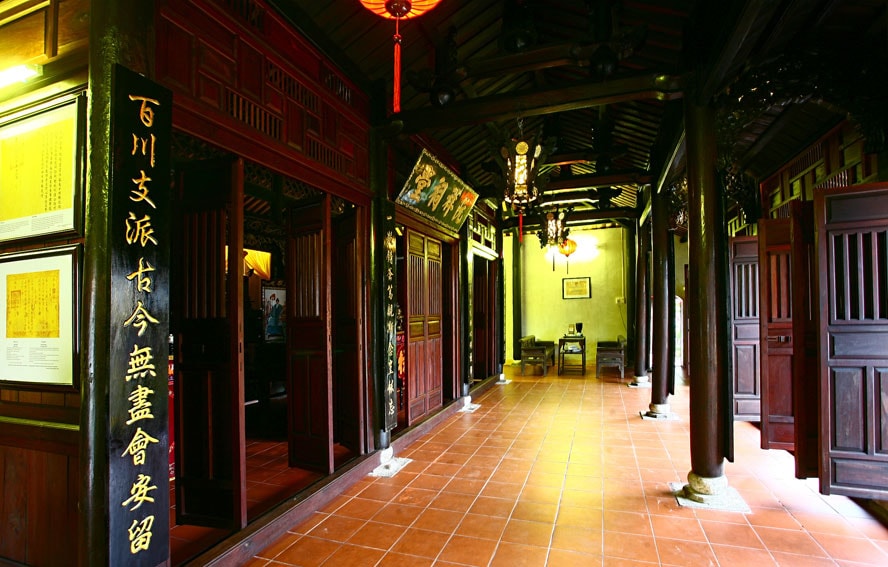
Scholarly and literati family
The Nguyen Tuong ancient family temple was built in 1806, originally the residence of Mr. Nguyen Tuong Van, an official under the Gia Long dynasty of the Nguyen dynasty, and was promoted to the position of Minister of War in the first year of Minh Mang (1820). Mr. Nguyen Tuong Van's original name was Nguyen Van Van. The word "Tuong" was replaced by the word "Van" as a legendary story. The story goes that in the early 19th century, Mr. Nguyen Van Van, on a trip to assist King Gia Long - the founder of the Nguyen dynasty, passed by a mountain in Hoa Vang (now part of Da Nang city), found it beautiful, and asked around and found out that it was Phuoc Tuong mountain. The king heard that the name of the mountain was beautiful, with the word "Phuoc" in his name (King Gia Long's real name was Nguyen Phuc Anh, also known as Nguyen Phuoc Anh), so he immediately bestowed the remaining word "Tuong" to Mr. Nguyen Van Van, making it Nguyen Tuong Van. The story of the king bestowing the name speaks of the close relationship, special respect and trust that King Gia Long had for Mr. Nguyen Tuong Van. Since then, Mr. Van's descendants all changed their names and named themselves with the word "Tuong" - considering it a source of pride and honor. Mr. Nguyen Tuong Van's family settled in Quang Nam , creating the Nguyen Tuong branch that exists to this day...
The Nguyen Tuong family in Quang Nam is famous for being a family of scholars. The eldest son of Nguyen Tuong Van is Pho Bang Nguyen Tuong Vinh (Tuan Vu Dinh Tuong), the second son is Doctor Nguyen Tuong Pho - who was the inspector of education in Quang Nam and Hai Duong under King Thieu Tri. Many of the following generations passed the exams and became mandarins. In particular, the ninth generation of Nguyen Tuong descendants in the early 20th century were famous with the names: Nguyen Tuong Tam (aka writer Nhat Linh), Nguyen Tuong Lan (aka writer Thach Lam) and Nguyen Tuong Long (aka writer Hoang Dao) - the founders and key figures of the Tu Luc Van Doan group. They were the ones who laid the foundation for modern Vietnamese literature, with classic works, typical of a period. Not only that, Thach Lam and Nhat Linh were also the authors of many valuable paintings, having a certain influence on Vietnamese fine arts.
Besides, Nguyen Tuong clan temple is also called Ong Lon palace, which partly shows the respect of the ancients for a family of scholars and writers.
Unique architectural heritage of Hoi An
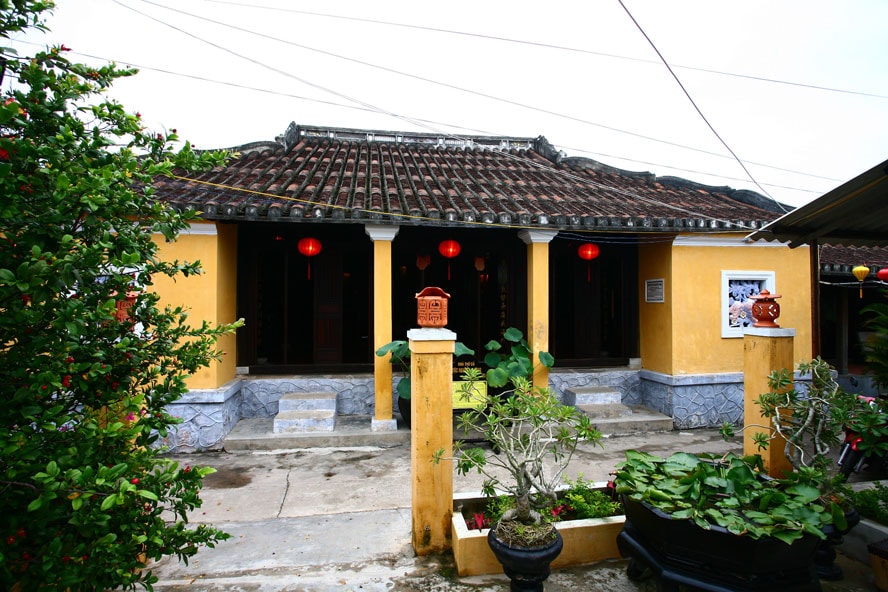
Hidden in a small alley right next to the Japanese Covered Bridge, the Nguyen Tuong ancient family church is not easy to recognize. On the outside, the building has a modest, simple appearance with a structure of 3 main rooms, 2 side rooms and a depth of 5 spans. Overall, the church has the structure and structure of a Hue traditional house but the roof is covered with yin-yang tiles - a typical material of Hoi An ancient town.
The building has undergone two renovations over 200 years. The first was in 1909, the second was in 2005. It can be said that 200 years is a long time, associated with the origin of a prestigious family. The Nguyen Tuong family temple still preserves the royal decrees of the kings Gia Long, Minh Mang, Thieu Tri, Tu Duc, Thanh Thai... That is proof of the contributions of this family to the country. In the temple, there are many antiques and books preserved by many generations. In particular, this place also preserves the village's ten-article village covenant of Cam Pho village, considered the first Vietnamese village covenant in Hoi An. This document was written in Chinese characters, drafted by Bachelor Nguyen Tuong Tiep in the late 19th century, and has many historical and cultural research values. Currently, the Nguyen Tuong family temple is lived in, worshiped, looked after, and preserved by generations of descendants.
Although it has been through more than 200 years and two restorations, the current architecture of the building still shows its antiquity and uniqueness. The wooden frame system was carved by artisans from Kim Bong carpentry village (Hoi An) with sophistication and high aesthetics. The unique feature of the building is the variation of the structural system. Accordingly, the main structural system in the middle span - the roof peak is the "giao nguyen - tru doi" style, which is quite simple, but in the front, when moving towards the outer spans, it simulates the "trinh chong - tru doi" and "con me" styles. The second span from the outside, with the "trinh chong - tru doi" truss system, emphasizes an aesthetic and emotional front hall space. Continuing to the outside is a "con me" style truss with "tran vo cua" with extremely sophisticated motifs. The worship space is encapsulated in 3 middle bays and the middle span, "thung" with wood to create a sense of separation and solemnity. Surrounding the worship room on 4 sides is a fairly large living space. The building has a "four-sea" style roof that spreads out on all four sides with a fairly high peak in the middle span. In the back half of the house, the structural system is as simple as in the middle span, creating an airy, light space...
According to Mr. Nguyen Tuong Hung - the 12th generation descendant of the family, along with preserving the architectural heritage, the family is collaborating with the Hoi An Heritage Management and Conservation Center to collect, systematize, and translate historical Han Nom documents, currently about 80%. Mr. Dang Hung Tung, son-in-law of the family, a teacher and also a tour guide at the Nguyen Tuong Church relic site, said: The family and the family have been working with the government to build the Nguyen Tuong Family Church into a tourist attraction as well as a cultural activity center and community library for residents of Hoi An ancient town.
In 2008, Nguyen Tuong Family Temple was ranked as a provincial historical, cultural and architectural relic. This is truly a heritage within a heritage, a place where history, culture and architecture meet, preserving the material and spiritual values of the ancients.
Source: https://hanoimoi.vn/nha-tho-co-toc-nguyen-tuong-di-san-trong-long-di-san-516624.html


![[Photo] Panorama of the Patriotic Emulation Congress of Nhan Dan Newspaper for the period 2025-2030](https://vphoto.vietnam.vn/thumb/1200x675/vietnam/resource/IMAGE/2025/11/04/1762252775462_ndo_br_dhthiduayeuncbaond-6125-jpg.webp)


![[Photo] Opening of the 14th Conference of the 13th Party Central Committee](https://vphoto.vietnam.vn/thumb/1200x675/vietnam/resource/IMAGE/2025/11/05/1762310995216_a5-bnd-5742-5255-jpg.webp)

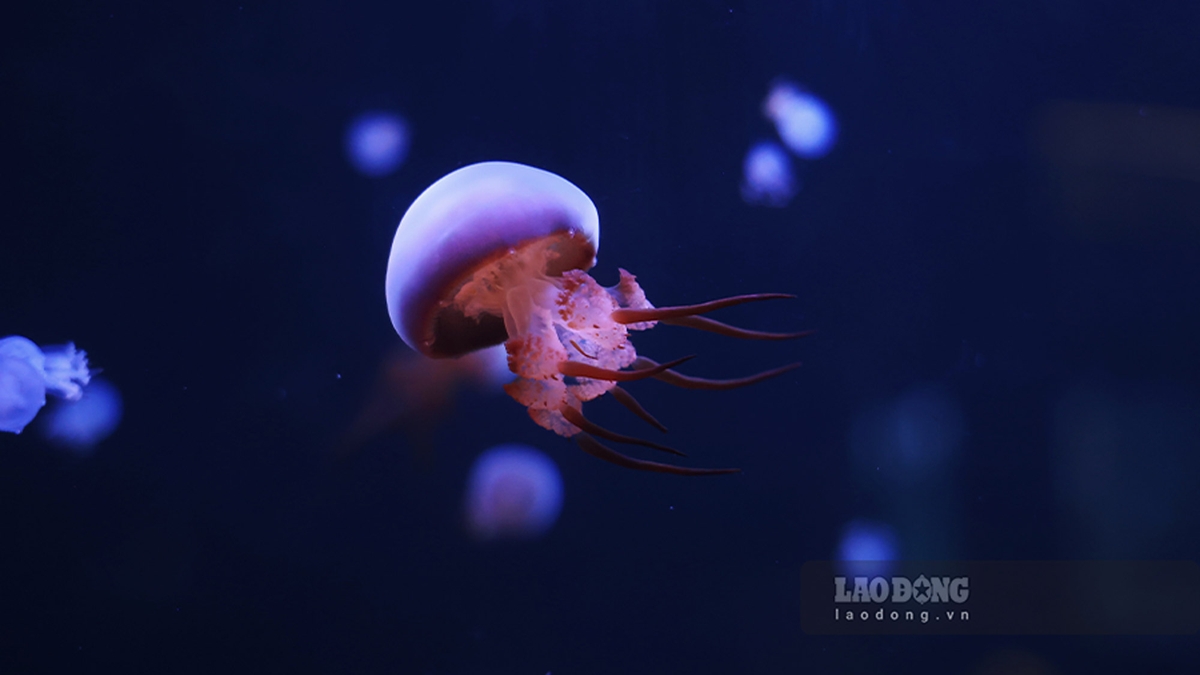


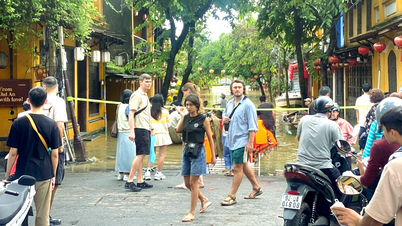

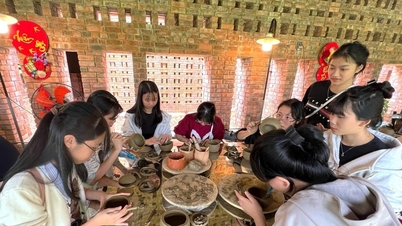

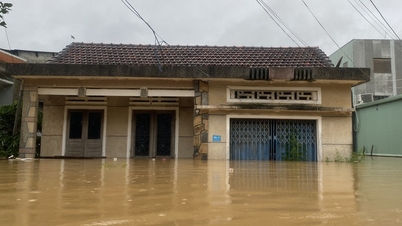


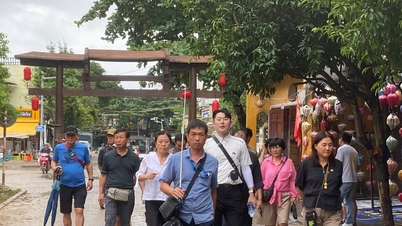


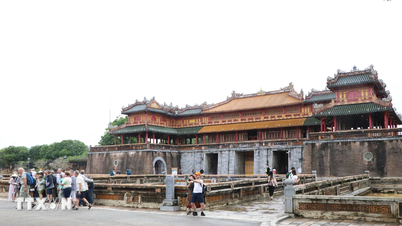



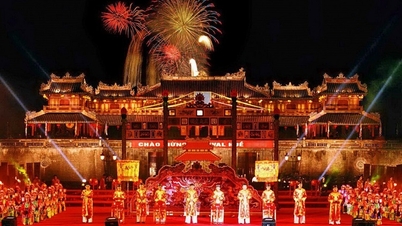
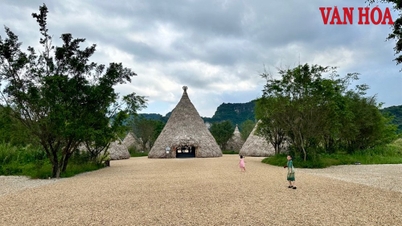

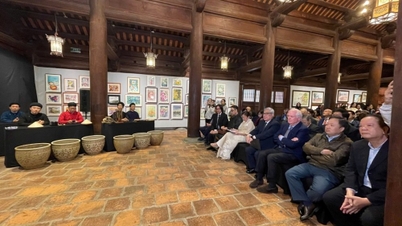




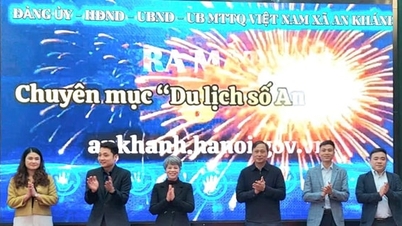



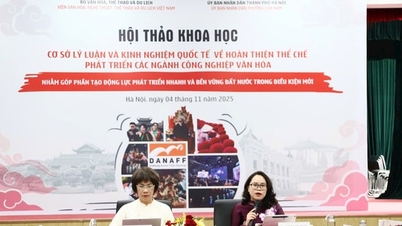
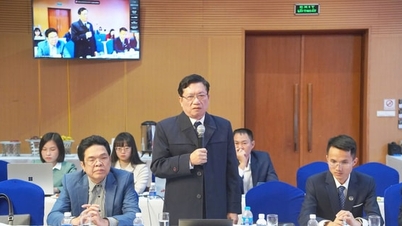
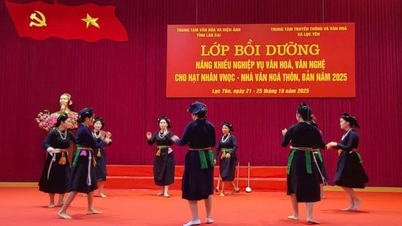
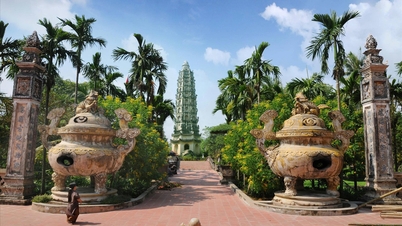

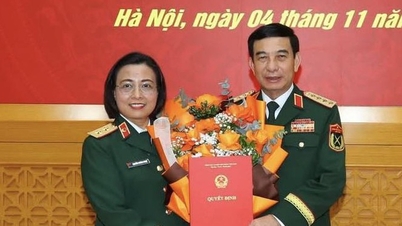
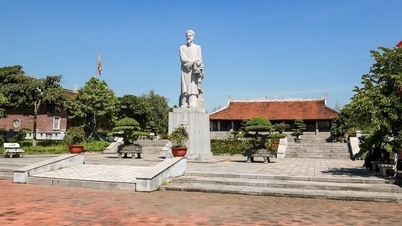



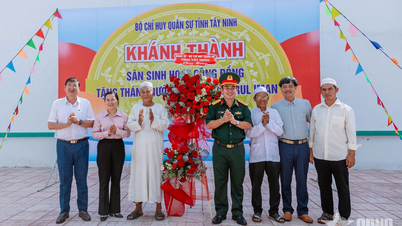

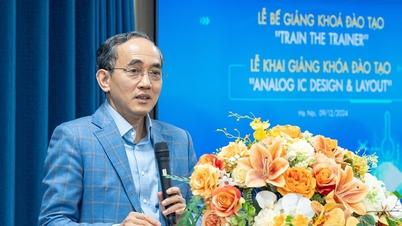
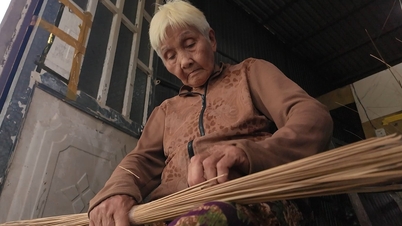


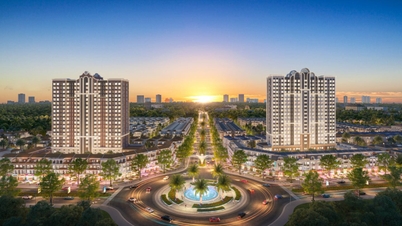



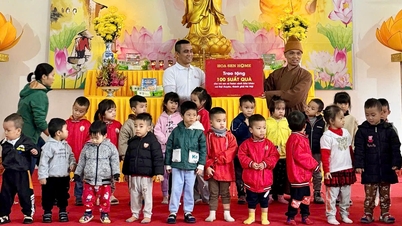



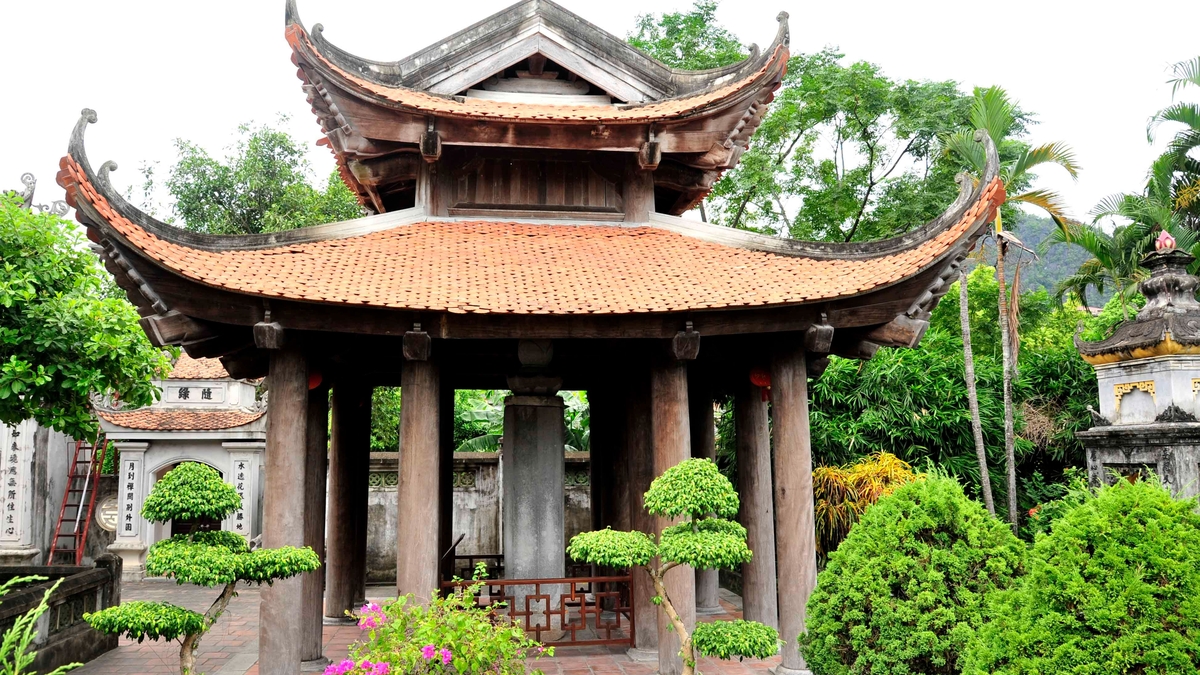



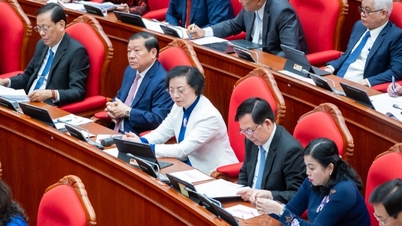


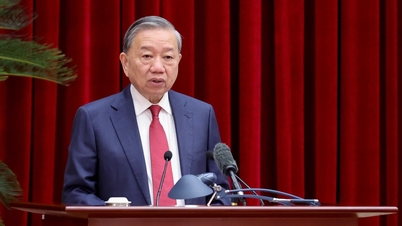






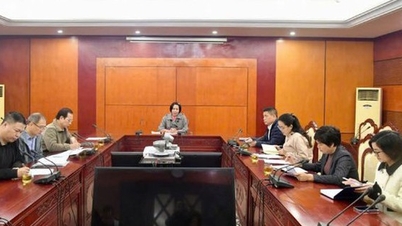

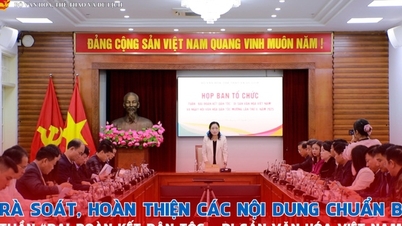


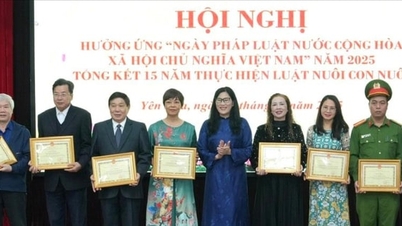
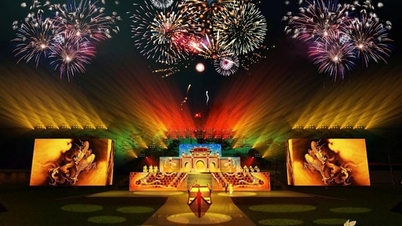
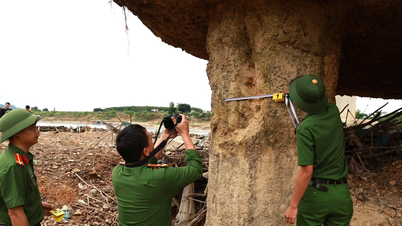


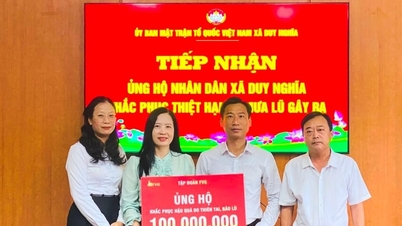







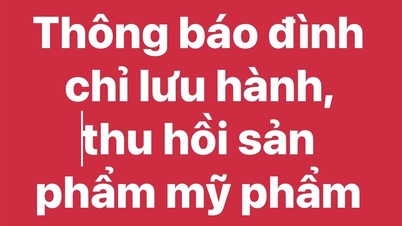





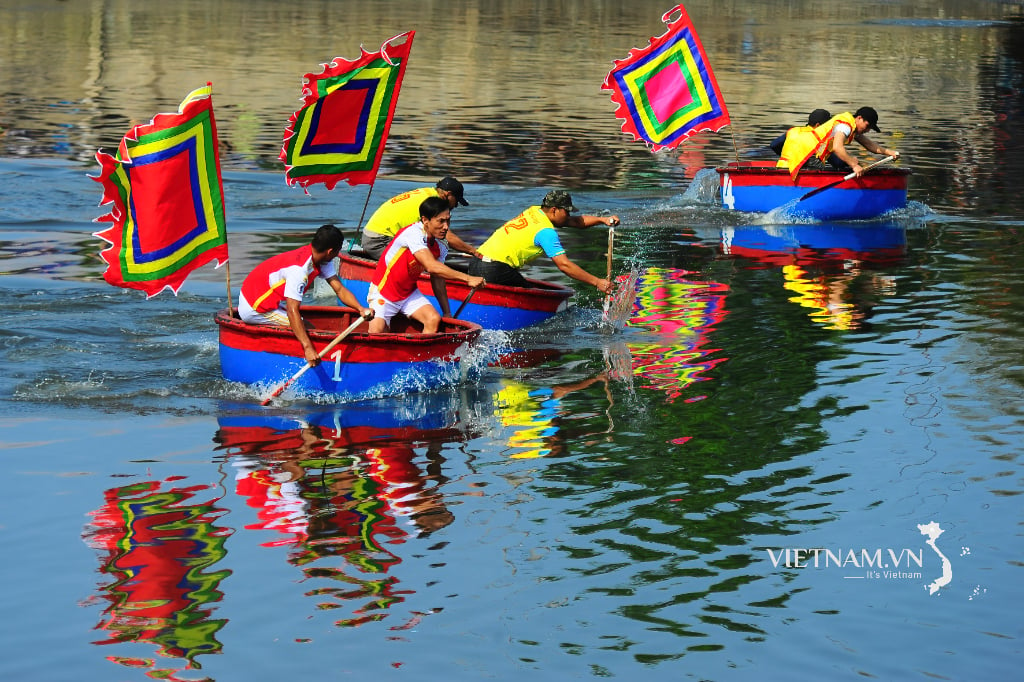
Comment (0)